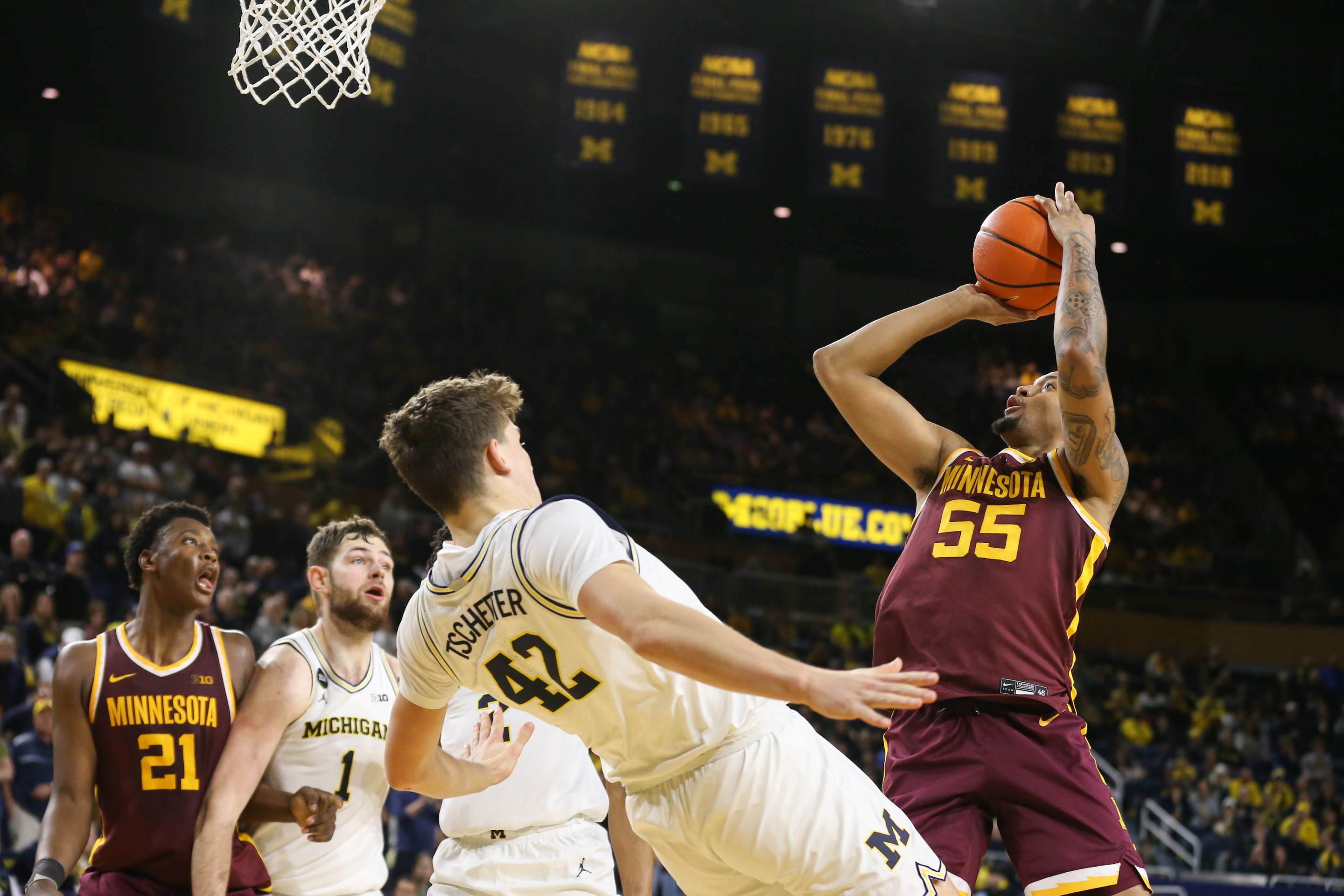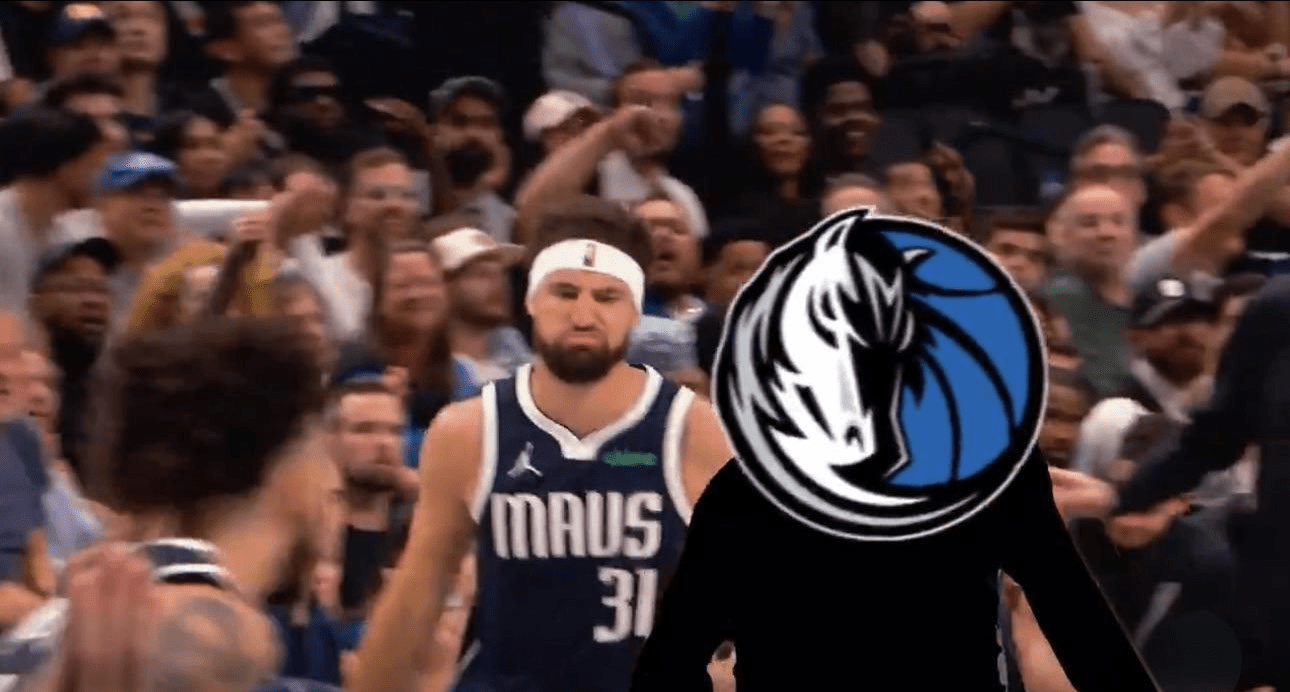That the NCAA has a well-earned reputation for being behind the times when it comes to updating its policies is something of an understatement; it might be more correct to say that resistance to change, wherever and whenever threatened with it, is something like the organization’s brand. That sluggishness extends to rules as well, at least where men’s basketball is concerned. The college game didn’t adopt the shot clock, the three-point line, or playing by quarters until every other league in the world had done so. (In fact, they still haven’t adopted playing by quarters.) And the full-sized charge circle wasn’t adopted in college until 2016, nearly 20 years after the NBA initially put it on the floor.
But this year, the men’s basketball rules committee decided to get crazy. In an effort to curtail flopping, they gave officials the power to issue a technical foul to anyone caught in the act. That included the traditional flop in the post, and other cases—drivers simulating whiplash, three-point shooters falling down after release, you know the stuff. A heavy-handed approach to be sure, but given how difficult it has long been to police the art of faking a foul, even one of the most change-averse organizations in sports deemed it worth trying.
While it’s tempting to think that the flop is a modern phenomenon, that’s not the case. At the college level, the rulebook listed flopping as its top officiating point of emphasis for the 1968 season. That means that people as old as Gregg Popovich were flopping often enough in their college years to anger officials and spectators alike.
From page 42 of that rulebook:
“If the guard or screener persists in putting on the act, and if in the opinion of the official it is making a travesty of the game, the player should be charged with a technical foul for unsportsmanlike conduct.”
It’s not known how many flopping technicals were called that season, but the experiment didn’t last. Since then, the solutions to eliminating faking fouls at the college level have generally focused on officials improving their ability to judge players’ acting ability or adding other tools, such as the restricted area under the hoop. These efforts didn’t work, but also they couldn’t have.
The main reason flopping exists is that the game is impossible to officiate. When trying to keep up with 10 players half their age, it’s simpler for officials to assume that players are acting in good faith. If a defender falls down in the post, it must have been a charge. If a jump shooter crumples to the floor, he must have been hit on the shot.
And that ancient rulebook suggests that players started responding to those incentives and taking advantage of this space in the game long ago. If all of them had Dillon Brooks’s lack of thespian instincts, refs could reliably discern who is faking it in real time. But most players have mastered the ability to simulate contact when none exists.
Though the approach of penalizing floppers has been used by FIBA for over a decade, it presents an interesting contradiction. Officials are being asked to call technicals on flopping because they aren’t very good at identifying flopping in real time. It was easy to anticipate that trying to enforce an increased penalty in one of the best-known gray areas in the sport would come with its share of blown calls.
And for that reason, the idea was immediately unpopular. This early review from Jay Bilas is representative of my random sampling of broadcaster opinions and the handful of coaches I‘ve talked to this year.
The new “flop rule” in college basketball is ridiculously stupid. Here’s an idea...if you see a flop, DON’T REWARD IT BY CALLING IT A FOUL. Simple. This new flop rule is an unfair burden on officials, unfair to players, and a needless pain in the ass for fans.
— Jay Bilas (@JayBilas) November 15, 2019
But now that we’re a few weeks from March Madness, there’s enough information on hand to evaluate the impact of this experiment. The data isn’t perfect, naturally. Flops have never been tracked in the official box score, for one thing, which is a shame because it would be neat to know who's the all-time flopping king. (My bet is on Greg Paulus.) It also means we can’t directly measure whether flopping itself has been less frequent this season.
One clue we do have, however, is the number of offensive fouls per game. If the new policy is an effective deterrent, then players should be more reluctant to convincingly fake a charge, which should mean fewer offensive fouls overall. And, surprisingly, this appears to be happening.
Here’s a breakdown of offensive fouls per game by each week of the season, comparing the previous four seasons to this season. Offensive fouls have decreased by about 10 percent through the first 14 weeks of the season.
Much as fans might hope, offensive fouls can never go extinct. There really are legitimate charges, and they will always exist. Some offensive fouls, like moving screens, usually don’t involve flopping. I’m not sure what this graph would look like in a flop-less world, but a 10 percent drop in offensive fouls certainly feels significant.
One thing we can measure directly is the number of flopping technicals called this season. Early in the season, officials were downright enthusiastic about calling flops, frequently assessing technicals in cases that weren’t flops at all, incurring the wrath of Bilas and his cohorts. But referees quickly became more restrained, as this graph shows:
(To be precise, these are “Class B” technicals, which can also be called for rare acts like leaving the bench during a fight. Or more obscure things like “using a laser pointer” or “possessing or using tobacco,” which as far as I know have never happened in a college basketball game. The rate for previous seasons is provided as a baseline.)
To be fair to our officiating friends, one might expect some decrease in technicals as the season continues. We can see that in previous years, offensive fouls tend to decrease as the season progresses, so there truly should be fewer flops to call.
On the surface it appears the new rule has had some impact, but the next question is what happens if this experiment ends. And based on the crash in technicals called over the weekend, the end may be in sight. The first three weeks of the season saw more than one flopping call for every three games. In January, that number dropped to one in eight games. Last weekend, there was just one call for every 15 games.
At least for this past weekend, the players seem to have cooperated. Offensive fouls were down 15 percent from the same week in the previous four seasons. This is not to say there aren’t still plenty of shady charges being drawn. Flopping is a basketball institution which will never completely disappear. But there certainly has been progress, here, and it’s stunning to think that NCAA rule-makers are on the verge of claiming a rare W.
The ultimate test, of course, is whether this holds up into March. It’s not hard to imagine Zach Edey’s season ending as a 6-footer falls in a heap to foul him out of a close tournament game. But at least for now, there’s some real reason for hope. Given that the flopping community's 60-year streak of uninterrupted success, that’s saying something.





